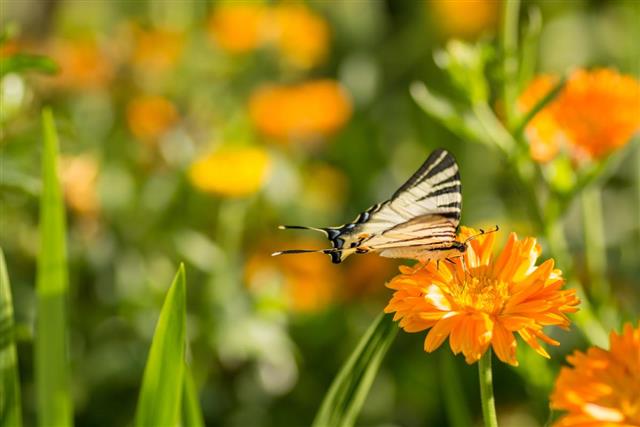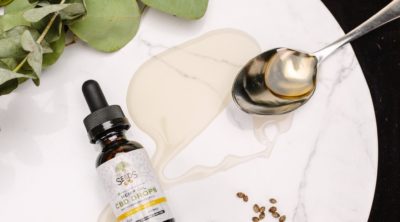
Chilblains are considered to be a milder form of frostbite, but are quite nasty, nevertheless. They affect the extremities and are painful and itchy. Here are some home remedies to help you get rid of them.
It is never a good idea to expose your bare skin to extreme temperatures. While we all know the damage that the harsh sunlight inflicts on our skin, the winters are no less troublesome. Chilblains or pernio or perniosis, as they are also called, is a good example of what extremely low temperatures can sometimes do to our skin. Chilblains are those ungainly blisters that you get on your toes and fingers, and sometimes on your ears or the tip of your nose when you expose your skin to extremely cold temperatures. People who are sensitive to cold weather, or those who suffer from poor blood circulation are susceptible to it. It has also been observed that there are certain individuals, who for some reason, are more prone to getting this skin condition.
What causes chilblains, then? Poor blood circulation, as mentioned earlier, is the main culprit. It is said that, in some cases, it also runs in the family. Hormonal changes, unhealthy eating habits and anemia are contributing factors too. While some people occasionally suffer from this disorder, there are a few for whom every winter is a cause of worry. However, there are some natural home remedies for chilblains which will bring relief, but you need to remember that in extreme cases, a doctor must be consulted, especially when you spot any abrasions on the skin.
Treatment for Ruptured Skin
» As chilblains are caused due to the cold, our immediate response is to expose the affected area to a heat source. But you need to strictly refrain from doing so, as the sudden warmth is sure to aggravate the condition. Instead, allow the body to take its usual time to get warm before you begin massaging it very gently.
» When poor blood circulation is the cause, it is a good idea to place the affected area on an elevated level, as this is known to improve circulation, which results in the reduction of the swelling. In case your nose or ears are swollen, sit in a high-backed chair and bend your neck backwards.
» Applying calendula ointment over the blistered skin brings relief. Be careful never to apply just about any ointment or oil if your skin appears cracked, broken or if it is bleeding, as it can seriously aggravate the pain. Always consult your doctor in such cases.
Treatment to Reduce Swelling
» You can make a very effective massage oil at home by frying a few coarsely ground peppercorns in mustard oil. Filter this and massage it over the area. Make sure the oil is warm and not hot, as the sudden heat will cause more blisters.
» Applying a paste of finely grated turnips works well to get rid of chilblains. Alternatively, you can add grated turnips in water and boil it. Cool this infusion for a bit and soak the affected area in it for a while. You can similarly use celery and horseradish too.
» People prone to chilblains should massage their hands and feet with warm vegetable oil twice a day during the winter season. Add a few drops of lemon juice to this oil for extra benefits. Rubbing with used lemon wedges over the area is a quick cure.
» Eucalyptus, rosemary and peppermint oils are excellent for curing chilblains. Use these to massage over the swollen parts; again, be careful not to apply it over abrasions.
» Boil marigold flowers in water and cool it a bit. Add some sea salt to it. Soak your hands and feet in this infusion.
» Take a fresh slice of potato and sprinkle a pinch of salt on this. Then rub this slice on the swollen area to instantly soothe it. An Irish remedy involves boiling potato slices in water and dipping the affected area in it once the infusion gets warm.
» If the condition is extremely itchy, rub a slice of onion on it. Make sure the juice of the onion spreads all over the area. This will reduce the itchiness in some time. Garlic juice is effective as well.
» This might sound extreme, but a massage with cayenne oil or an application of cayenne powder is considered to be an effective home remedy. What it does is that it improves the blood flow, thus, providing relief. Just be very careful not to apply it if you spot even a slight crack on the affected part.
» Apply a mixture of honey, egg whites and flour taken in equal measure. Let it stay overnight and wash it with warm water the next day.
Tips to Prevent Chilblains
» A poor diet is one of the factors that cause chilblains. It may also indicate a calcium deficiency. As it is a winter ailment, include almonds, sesame seeds and other foods, which contain fatty acids in your diet that improves the texture of your skin and makes it healthy. A vitamin-rich diet is beneficial to the skin as well.
» You can exercise to improve blood circulation in your extremities. Indulging in cardiovascular workouts will help you to a great extent to keep chilblains at bay. Go on a brisk walk in the park or jog around the block if you can’t spare time for aerobics or bicycling. Let go of habits that contribute to poor blood circulation. These habits predominantly include smoking and alcohol consumption.
» While this may seem really elementary, don’t forget to keep your extremities well-covered during the winters. People suffering from chilblains are obviously happy during the summer, but they still need to be careful in case of a sudden temperature drop.
Home remedies may seem perfect for minor afflictions, but it is always a good idea to seek your doctor’s advice, if your chilblains are too severe. As a preventive measure, never forget to don your gloves, socks and scarves before you step out in the cold.

















